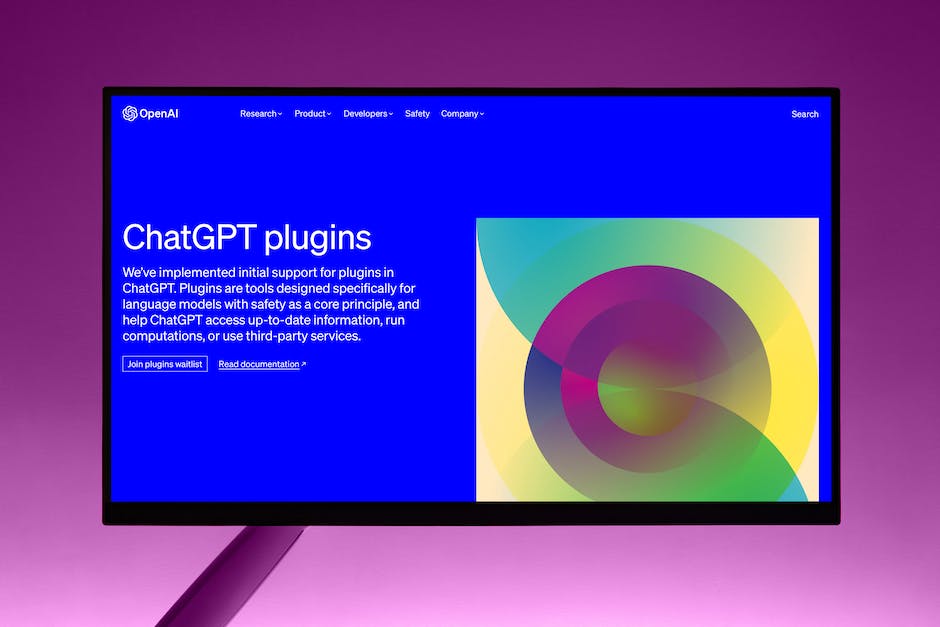Artificial Intelligence (AI) continues to advance, shaping and reshaping various facets of human experience, and at the forefront of this transformative wave is Insight GPT. Born from an amalgamation of machine learning, cognitive computing and natural language processing, Insight GPT stands out as a uniquely powerful tool. It is set apart by its superior functionality, versatility, and the myriad of applications it promises across diverse sectors. With the capacity to process language, solve intricate problems, and creatively engage in tasks typically reserved for human intellect, this titan in the AI world is steadily gaining accolades. This exploration delves into understanding Insight GPT, illustrating its distinguished features and capabilities, its practical applications, and the potential future challenges it may encounter and provoke.
Understanding Insight GPT
Insight GPT is the latest innovation in the field of machine learning and artificial intelligence, kick-starting a new era in the tech industry. It is a Language Model, which is trained using GPT (Generative Pretrained Transformer) technology. This highly advanced model is created by OpenAI, a notable player in the tech industry famous for breaking new ground in AI research & development.
In terms of functioning, Insight GPT uses a massive dataset of the internet’s text, teaching itself the patterns and relationships in the massive corpus. While doing so, it acquires an astounding range of information – rendering it capable of generating human-like text based on the ‘prompts’ it’s given. Backed by advanced algorithms, Insight GPT can even tackle more complex tasks such as long-form question answering, drafting emails, writing Python code, and translating languages. It also has the capability to garner conversational insights, making it beneficial in industries like customer service, marketing, and content creation. However, it is vital to mention that while highly intelligent, Insight GPT relies on patterns learned from the data and doesn’t understand or know the information in the human sense.

Features and Capabilities of Insight GPT
Within the intricate framework of Insight GPT, its ability to improve itself continually is a key highlight. This feature, known as fine-tuning, helps the model adapt to specific tasks by learning from a smaller, more specialized dataset. This adaptation and learning process lends itself to a more customized approach to problem-solving across different applications. In essence, fine-tuning allows Insight GPT to be more context-aware in its generated responses, making it an excellent tool for tasks that require a string of related responses, rather than just one-off answers.
Insight GPT also sets itself apart by providing the opportunity to directly influence the model’s response. This exploitability is achieved by allowing the insertion of system-level instructions within the form of prompts. The comprehensive implementation of these attributes allows people to extract their desired outputs more predictably. Simultaneously, it elevates Insight GPT from being merely a tech tool to an actual technology partner that can be tuned to specific needs.
However, it’s critical to remember that no matter how advanced or human-like Insight GPT might seem, it doesn’t exhibit a conscious understanding or possession of beliefs. It’s purely a reflection of the data it has been trained on and does not have innate understanding or opinions. This trait must be considered while deploying Insight GPT, to eliminate any misconceptions about machine ‘bias’ or ‘intention.’ As with any technology, the ethical use and interpretation of AI-generated content rests on human shoulders.

Applications of Insight GPT
Discussing practical implementation, Insight GPT could revolutionize the way businesses operate, particularly in fields where data analysis and procedural efficiency are crucial. Take for instance the healthcare industry. Today, medical records, diagnoses, test results and other health data are recorded in vast databases – a source of invaluable insights that can inform patient care. With Insight GPT, healthcare providers could fine-tune the model to the specifics of medical lingo and decision-making processes. Consequently, Insight GPT could analyze patient information, match symptoms with probable conditions, suggest relevant medical literature, and improve overall patient care.
Additionally, Insight GPT has the potential to create a significant shift in the education sector. Imagine a personalized learning model where every student has their own AI-assistant, capable of providing insight into complex theories, offering custom explanations according to the student’s understanding level, and even creating practice questions on the fly. It’s a technological leap that can supplement traditional teaching methods and create a more dynamic, responsive educational environment.
However, as with any disruptive technology, it’s also critical to address the “can” vs “should” dilemma. Insight GPT’s versatility and sophistication make it a double-edged sword. As users, it’s essential to keep in mind that it doesn’t create information independently or attain any form of understanding. Misinterpreted AI-generated content can lead to undesirable situations – think decisions based on misinformation or misunderstandings. As we advance in incorporating Insight GPT into a real-world setting, a rigorous examination of use-cases, education around potential risks, and proactive steps toward securing it from misuse are needed. With these measures in place, we can anticipate an exciting future, technologically enriched, and maximized by Insight GPT.

Potential Issues and the Future of Insight GPT
While Insight GPT portrays a robust image, the technology is not devoid of potential pitfalls. The first significant challenge revolves around data reliability. Sourcing information from a vast internet text dataset opens the door to a myriad of possible data integrity issues, especially as the internet is teeming with information of varying accuracy levels. Consequently, Insight GPT’s effectiveness in generating quality responses hinges on the reliability of the data it ingests during training. Simply put, erroneous or flawed input could lead to a less-than-accurate output.
Critically, one cannot overlook cybersecurity threats, a persistent concern in today’s tech landscape. Malicious elements may attempt to exploit Insight GPT—possibly for mass-producing deepfake content or worse, to implement widespread deceptive measures. Additionally, biases inadvertently integrated during the model training stages could lead to contentious outcomes because past trends often harbor implicit biases.
Moving towards a future outlook, we step into the emotionally-charged debate around machines possibly making human labor redundant. Insight GPT stands out as a particularly disruptive player given its impressive capability in language processing. As it continues evolving, industries like creative writing, marketing, and customer service may face profound transformations, potentially decreasing the demand for human resources. However, in other sectors like healthcare and education, technology might serve not as a replacement, but as an ancillary tool augmenting human efficiency.
Insight GPT’s future, though laden with uncertainty, remains decidedly promising. As technology and ethical regulations evolve concurrently, we may witness novel ways of addressing these challenges. Methods of confirmation or validation could ensure the accuracy and reliability of the data fed into the system. Enhanced cybersecurity measures, perhaps fortified by advanced AI, can provide better safeguarding. Unconscious biases could be identified and reduced with more inclusive testing and training protocols. Potential job redundancy could be mitigated with more sectors adopting a blend of AI and human collaboration, fostering co-existence rather than replacement. Hence, the future of Insight GPT could be much bigger—ushering in an era where humans and AI work in tandem, leveraging each other’s strengths for collective progress.

As we delve deeper into the world of AI, technologies like Insight GPT continue to inspire awe and ignite imaginations, opening up a realm of possibilities and unprecedented ways to interact with our world. The potential issues and ethical considerations, however, remind us that in every brilliant innovation, there is a responsibility to handle the power with care, respect, and foresight. Marshalling this technology through the terrain of ethics and policy becomes crucial in harnessing its full potential while safeguarding societal norms and values. Through judicious use, Insight GPT and similar technologies could well shape our future in ways only dreamed of, truly embodying the promise of AI.

